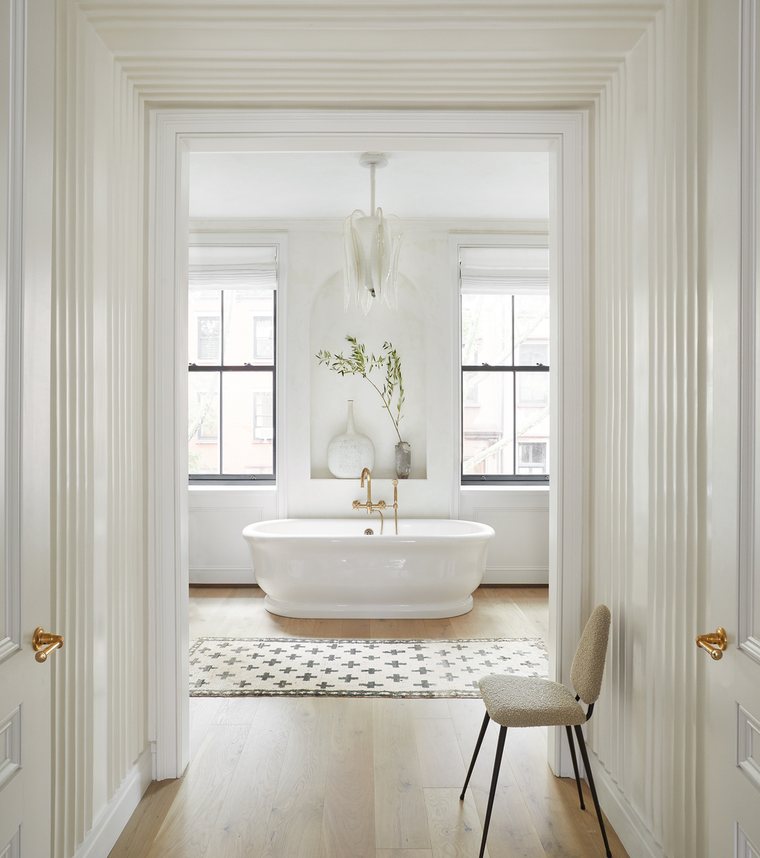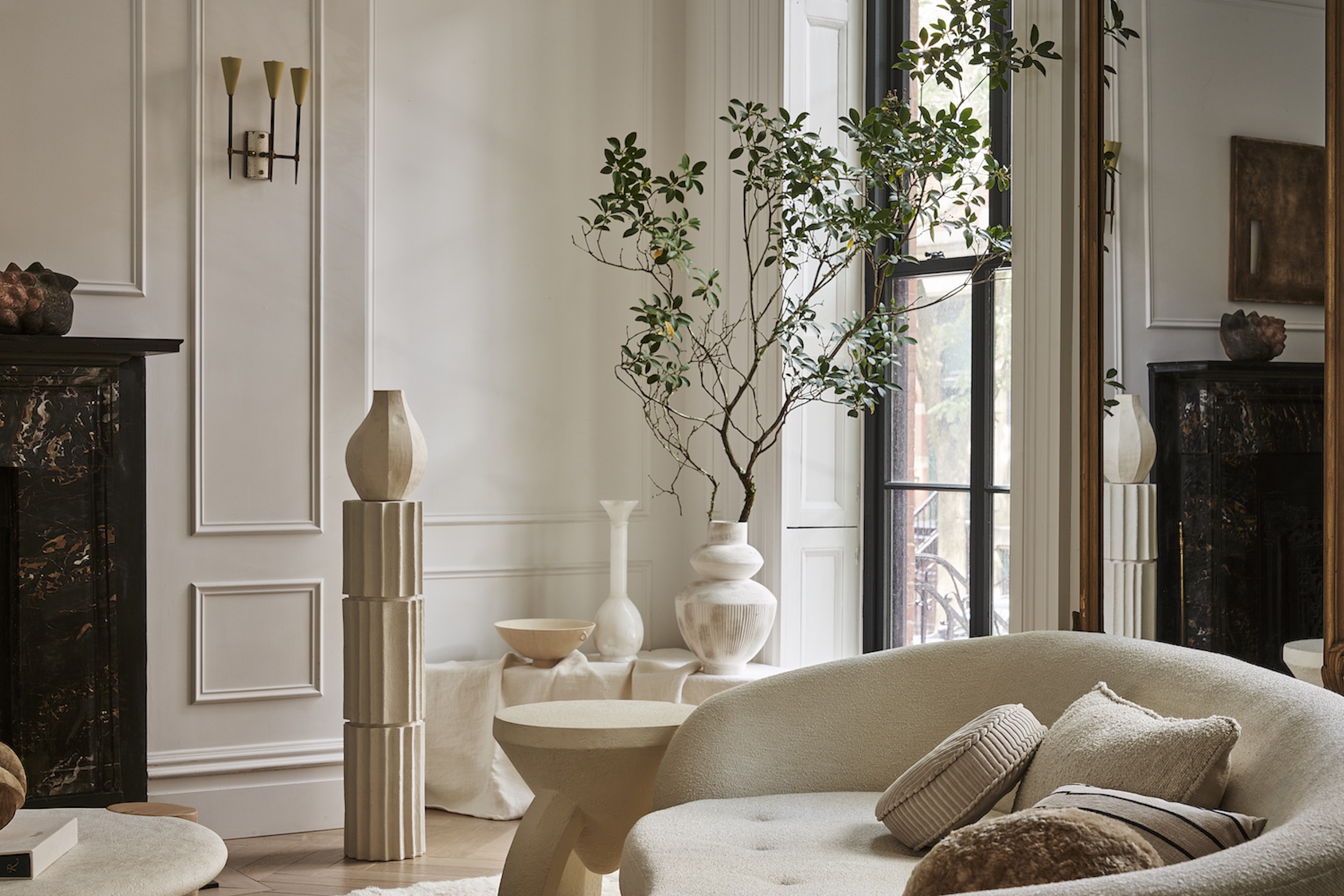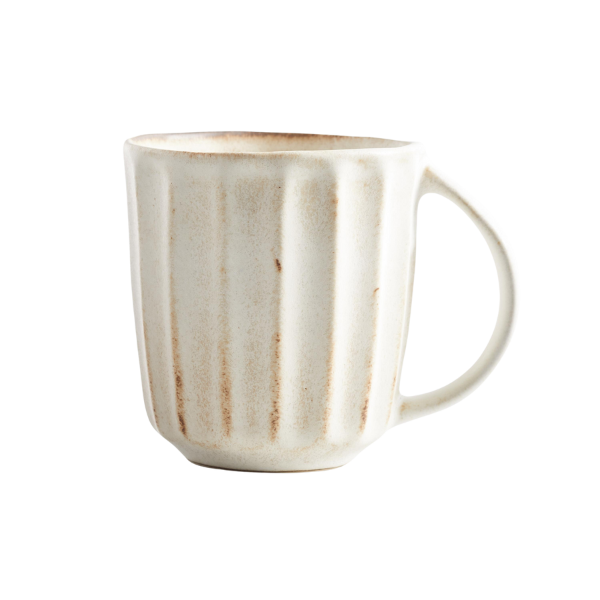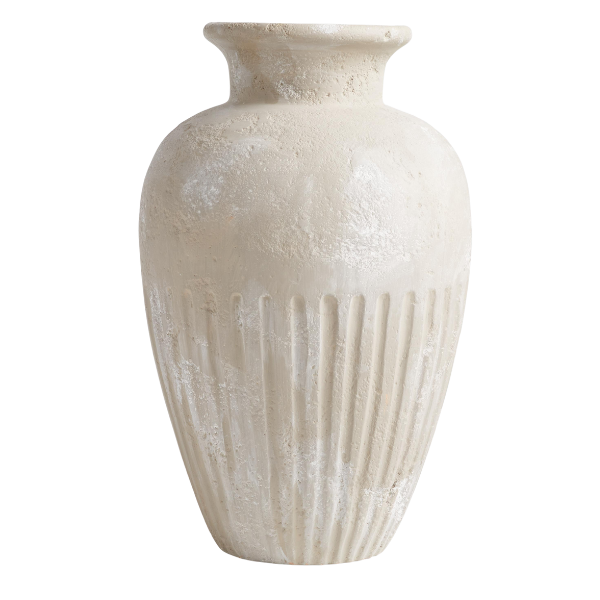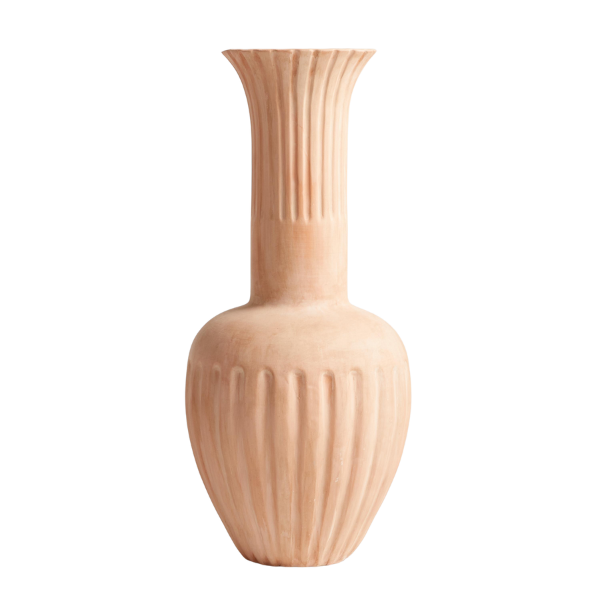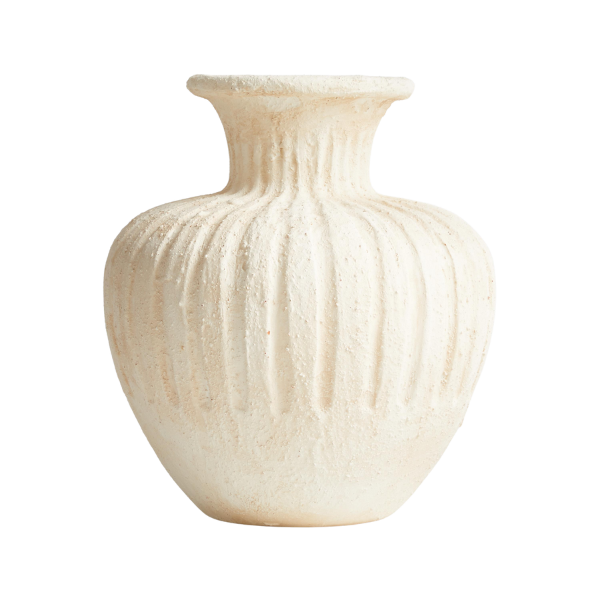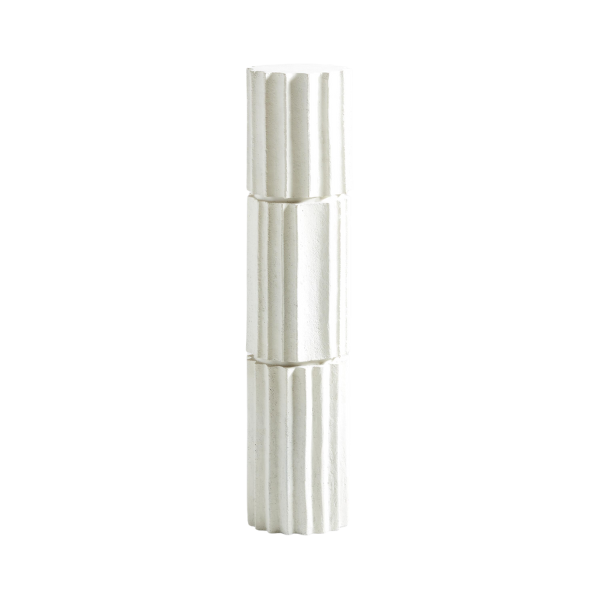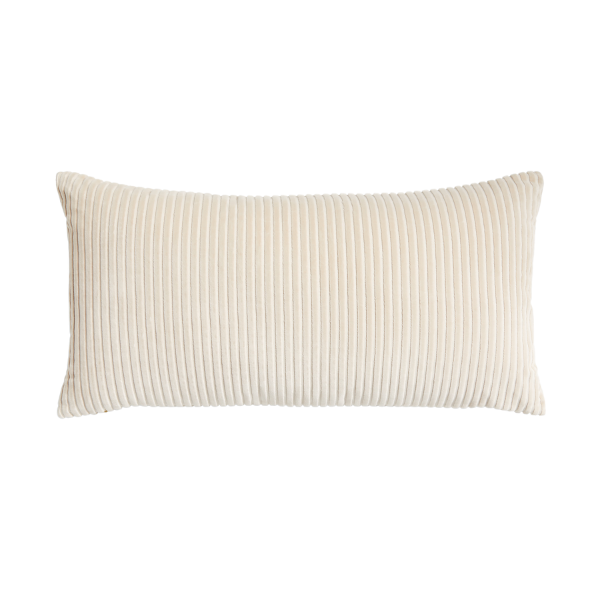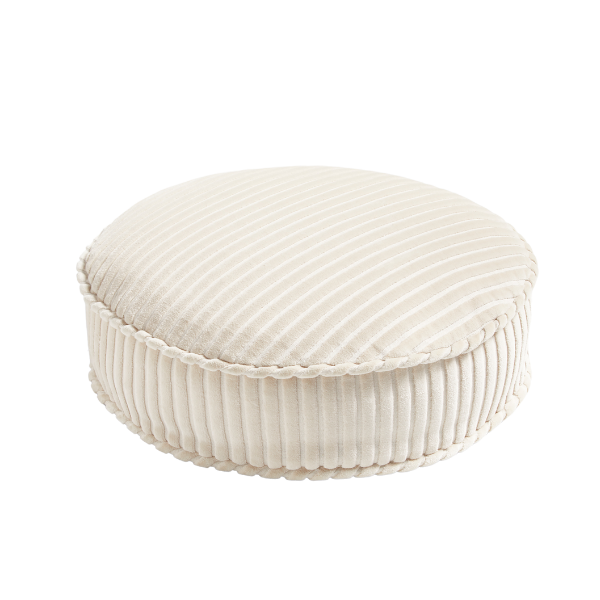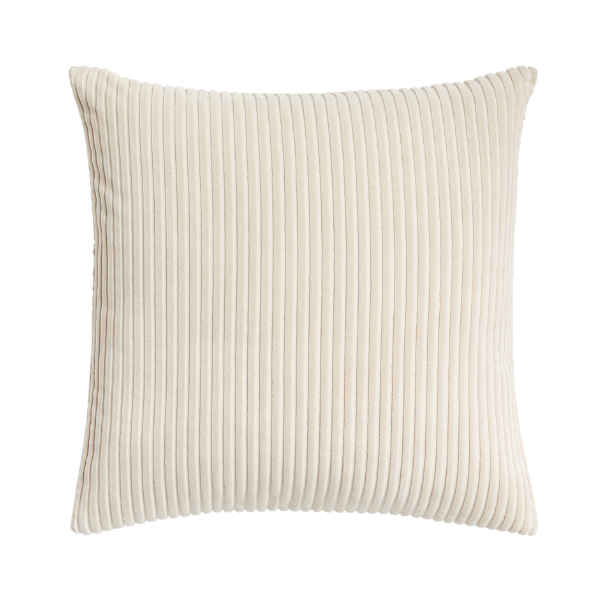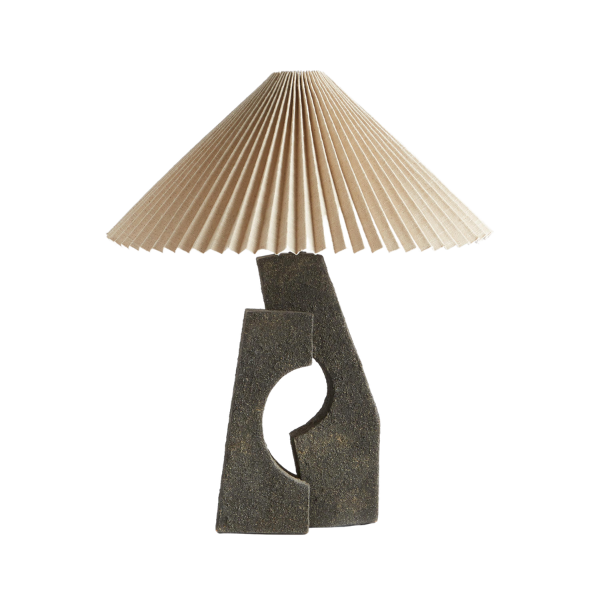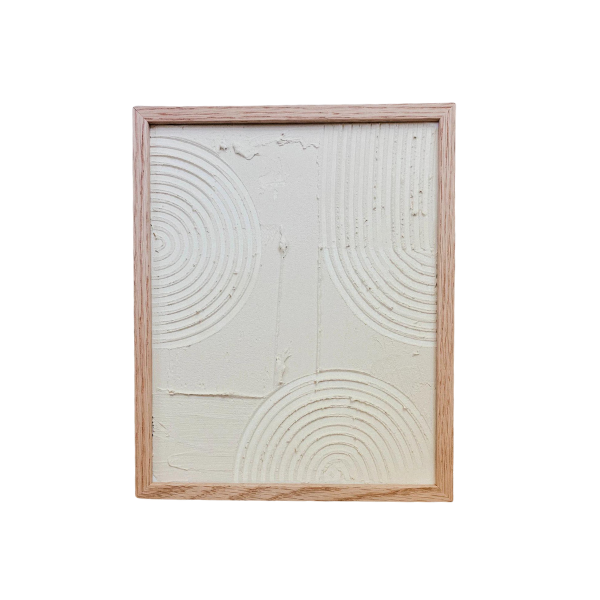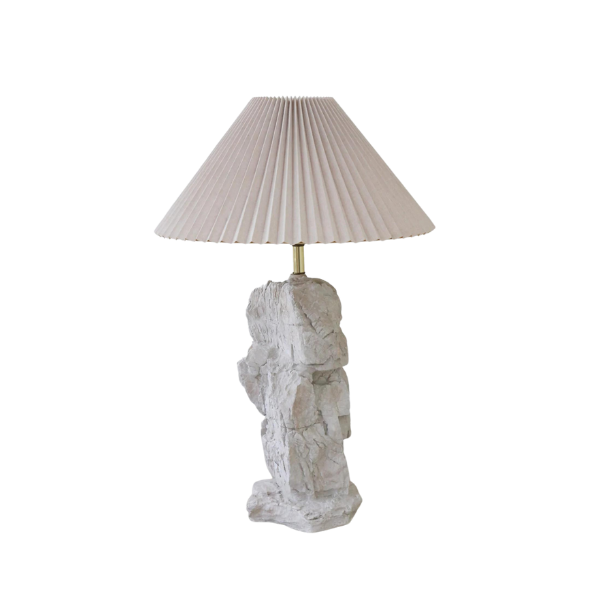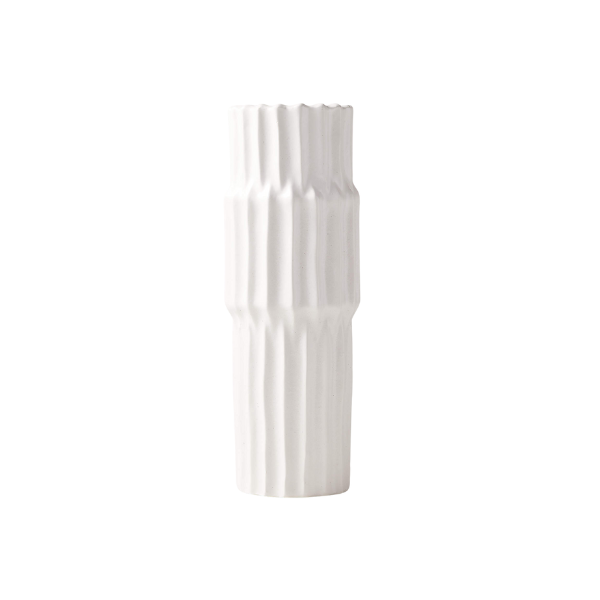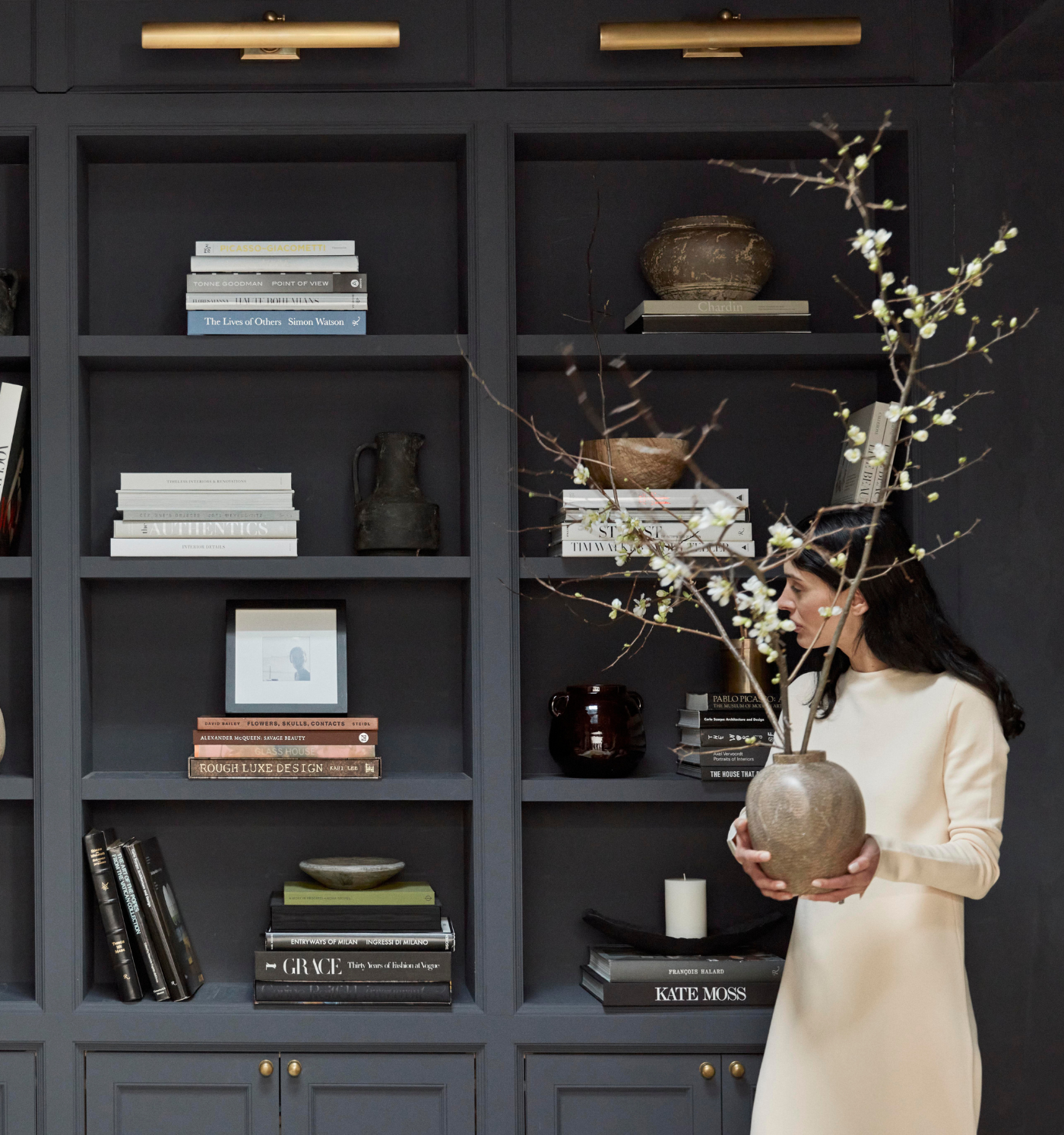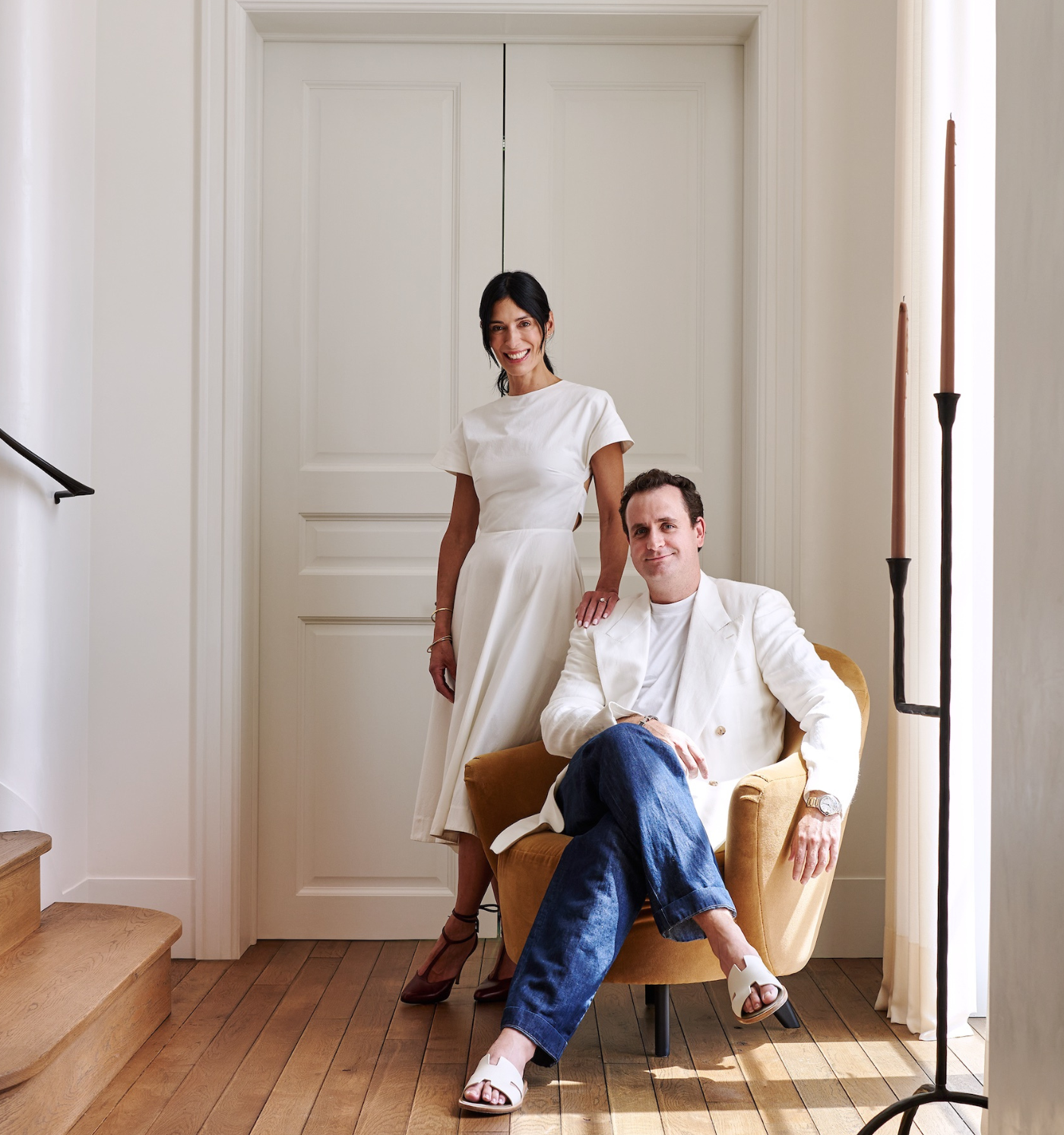Columns serve a utilitarian architectural purpose, of course, offering stability and strength. But the linear nature of their fluted plaster or stone also provides visual order and balance. Life can often feel chaotic and beyond our control but inviting pieces inspired by elements of the old world into our homes might just create a sense of ease while ushering in beauty. Those soothing, repeating lines can mollify your senses after days of remote or in-person work and school drop-offs, set to the sounds of news and podcasts streaming through our earbuds and emails dinging endlessly in our handbags.
When going for timeless, it hardly gets more on point than referencing classical Greek architecture. While plaster and moldings are feelings de rigueur at the moment, their origin story dates back to at least the 6th Century BC with the birth of the Classical Order and with it, the rise of the column. The five recognized orders come from Ancient Greece and later Rome and include Tuscan, Doric, Ionic, Corinthian, and Composite.

